Mecca, the famous sacred city of Islam where the equally famous “Ka’bah” is located, to which all the Muslim pilgrims of the world flock, is mentioned in the Qur’an only once (in the form “makkah”), in verse 24 of sura 48, of which here is the literal translation: it is he who parted their hands from you and your hands from them in the belly of makkah after having made you triumph over them and was allah in what you work, observer.
This sura numbered 48 in the Koran that we have in our hands today, is from a chronological point of view, sura 111 out of the 114 of the Koran, is according to most researchers one of the last suras.
But what can “makkah belly” mean? And who proves to us that it is indeed – in this expression – of the city called today “Mecca”, as a proper name with the definite article?
“Mekkah” comes from “mak”. It is a common word built on the root “MK” and which means in Hebrew and Aramaic: “hollow”, “low”, “lowered”, “sag”, “foundation”, “base”, “basement” etc. … It is therefore not the name of a city but at most a description of a site located “below”.
It is interesting to note that in the Talmud, the location of the Sanctuary of Jerusalem is referred to as “The navel of the world” and “The foundation rock“! The navel is usually the deepest and deepest part of the belly. While “Foundation rock” clearly indicates that you must first dig to build a building!
What if “mekkah” means “digging”, “basement”, would this term originally refer to the place where the rock was dug for the foundations on which the Temple of Jerusalem was built? Could it be that, much later and once the separation between Unitarian and Trinitarian Christianity is irremediable, the original meaning of “mekkah” was biased by Muslim exegeses, to transpose it in the desert of Hedjaz? Especially since there is not, in all the literature of the pre-Islamic region, any mention of a place called Mekkah!
Another verse of the Koran (sura 3, verse 96) precisely evokes “the House of the Sanctuary” as “depression” and as “valley”, therefore as a “low” place.
“Surely, the first house built for the people that at blessed bakkah and a guidance for the worlds”.
This word “bakkah” was incorrectly transcribed during its transition from Hebrew to Arabic Esperanto. In Hebrew, it is written bak’ah (with the guttural ‘a), and precisely means “valley”, “val”, “topographic depression”.
The “Ka’bah” is also mentioned in verse 95 of sura 5:
O ye who believe! Kill no wild game while ye are on the pilgrimage. Whoso of you killeth it of set purpose he shall pay its forfeit in the equivalent of that which he hath killed, of domestic animals, the judge to be two men among you known for justice, (the forfeit) to be brought as an offering to the Ka’bah; or, for expiation, he shall feed poor persons, or the equivalent thereof in fasting, that he may taste the evil consequences of his deed. Allah forgiveth whatever (of this kind) may have happened in the past, but whoso relapseth, Allah will take retribution from him. Allah is Mighty, Able to Requite.
The numbering “5” of this sura on the Ka’abah, just like the numbering 48 of the sura on “Mecca”, is misleading. In chronological order, this surah is the 112th, so the one just after the one that mentioned makkah, and one of the last surah in the Quran!
But what does “ka’bah” mean? Most philologists believe that this Arabic word is not… Arabic! It is in fact the arabized form of the Greek word “cube” (kubos), in use to designate a dice. Because the building of the “ka’bah” is cubic! But it is not only the building of the “ka’abah” which is cubic. Another building that preceded it by more than 1,500 years was also. This building is the “Holy of Holies” of the Temple of Jerusalem! The one where no one had the right to enter to worship, except the Great Cohen (descendant of Aharon, the brother of Moses).
Because if the “Holy of Holies” of the Temple of Jerusalem was a “Place of Worship to Yahweh”, it was also a “forbidden”, “taboo” site, because of its sacredness, and a place of anathema for those who transgress this prohibition. And this, the editor of the Koran learned from his rabbis-mentors.
This is precisely reflected in the Koran in the name given to the most sacred building in Jerusalem, and which Islam then transposed to Saudi Arabia’s “Mecca”: “el masjid el haram“.
The root of “masgid” is SGD, an Aramaic root meaning “to worship”. We also find this root in the ceremony of the “Sigd” of the Jews of Ethiopia: once a year, the members of the community of the Jews of Ethiopia – unfortunately named falashas while they themselves are called Beta Israel , therefore House of Israel -, gather on a mountain for a ceremonial or a worship service, the face in the direction of the forbidden Sanctuary of Jerusalem.
The expression “el masjid el haram“, commonly and unfortunately translated as: “The sacred mosque”, therefore does not have the meaning given to it: “mosque” for “masjid” is not a translation, but a phonetic layer. And what is more is defective, because it would have been necessary to transcribe “mosgède” and not “mosque”. And “sacred” for “haram” is an interpretation, not a translation. It would in fact be necessary to translate literally “el masjid el haram” by “the place of taboo worship“!
In conclusion, neither “Mecca” nor “Ka’bah”, much less the “Sacred Mosque”, were originally located where they are today. The Koran, by these terms, evoked one and only place: Jerusalem, its Sanctuary, and its “Holy of Holies”! And this until the day when Islam “emancipated” itself from Christian Judaism and then supplanted it.
Today, by a bizarre turnaround – the origin of which is political and the objective of which is Arab-Palestinian-Muslim control over Jerusalem – Muslims have put Jerusalem back at the center of their concerns. And in this they became again faithful to the Koran which borrowed almost everything from rabbinical Judaism.

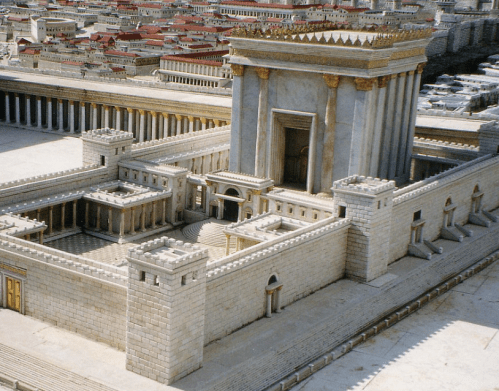

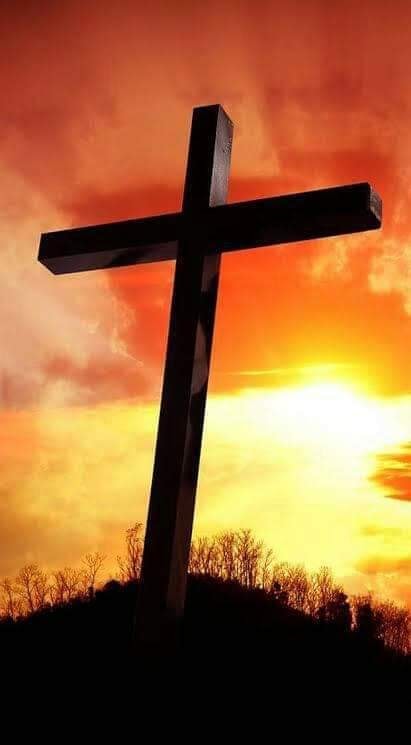
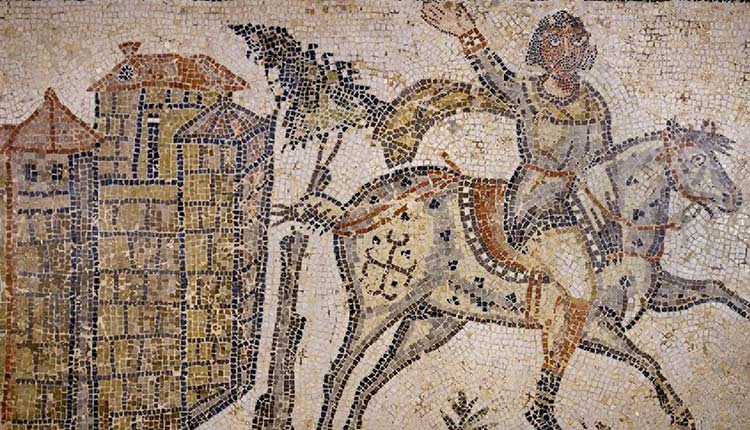
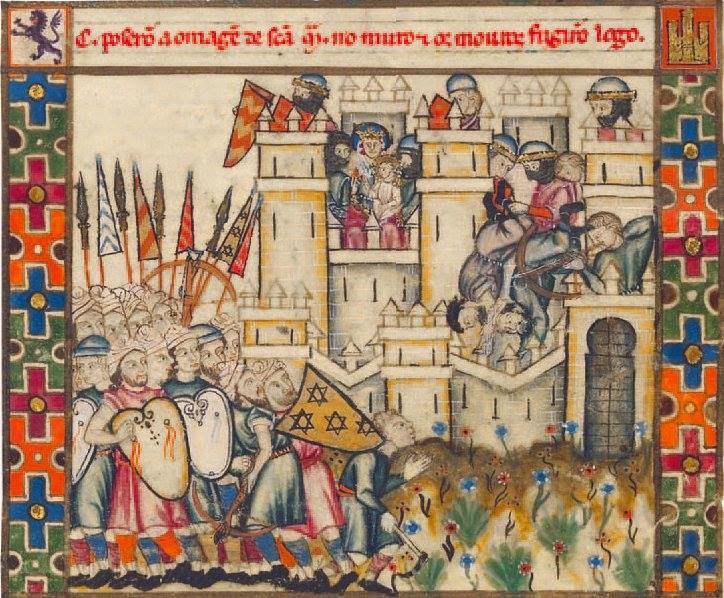
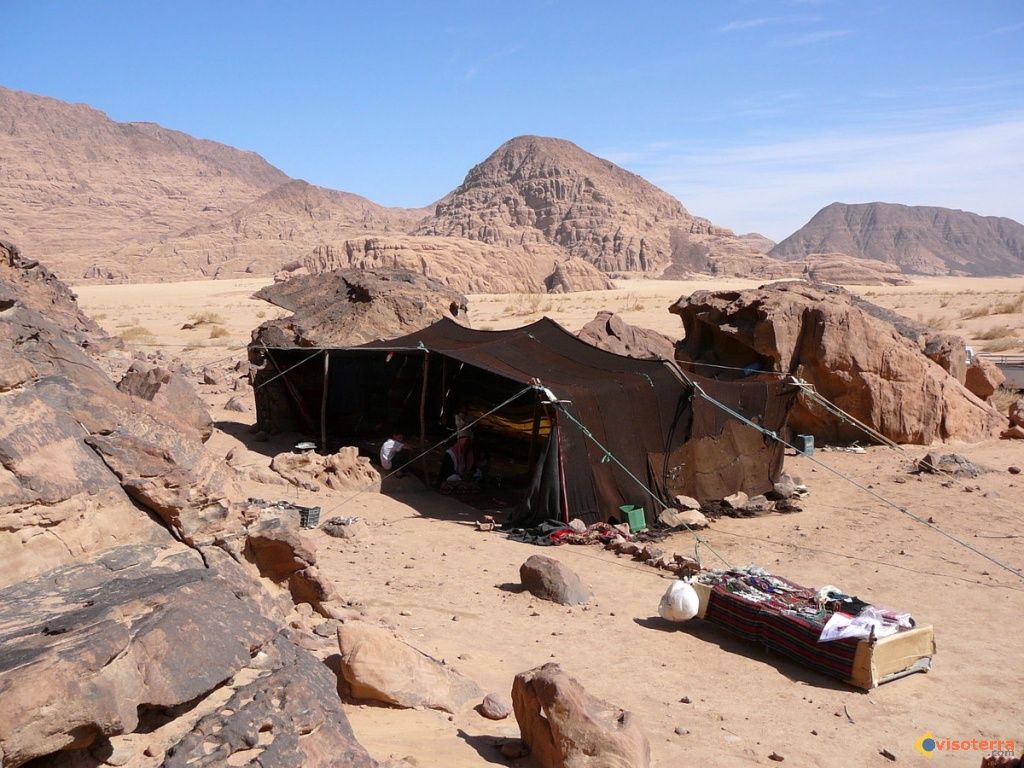
Leave a Comment